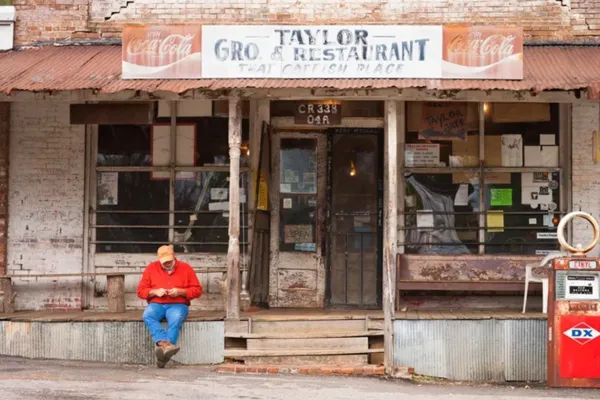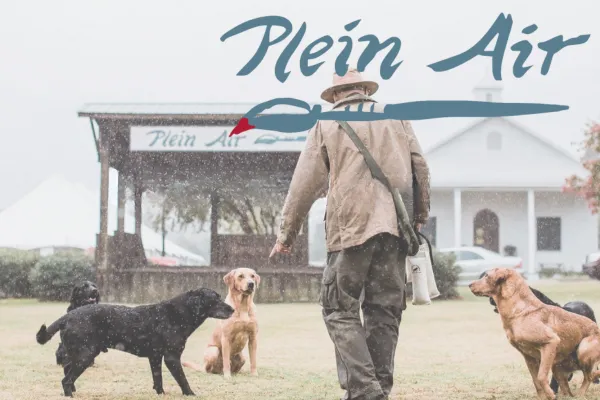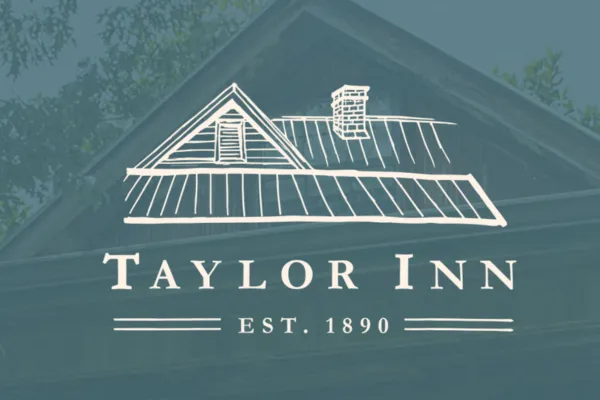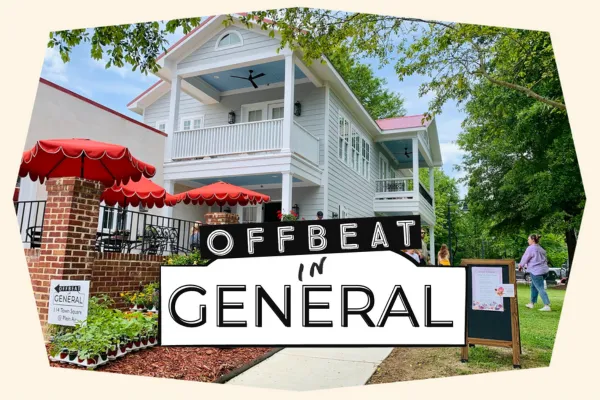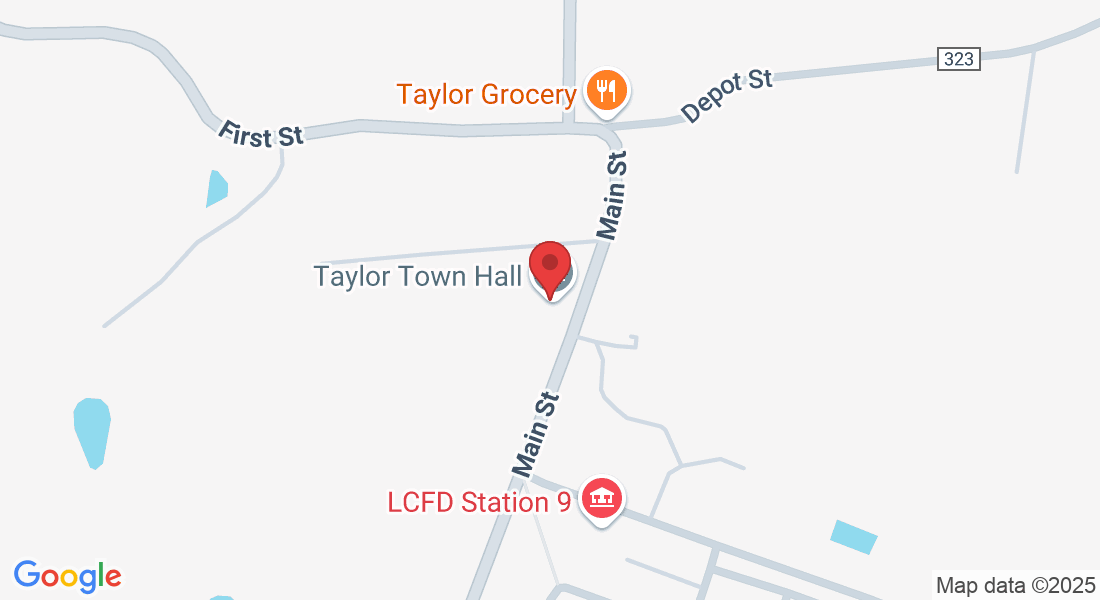
Taylor, Mississippi
From modest beginnings as a pioneer settlement to its rise and fall with the railroad and King Cotton, Taylor endures and is now, as Faulkner put it, a “postage stamp of native soil” that attracts visitors and new residents from all over the world who come for its famous food, music and arts scene and bucolic lifestyle.
Board of Aldermen
Mayor
Shawn Edwards
Telephone: 662-816-7841
Email: [email protected]
Town Clerk
Ashley Atkinson
Telephone: 662-236-7551
Cell: 662-832-2087
Email: [email protected]
Deputy Town Clerk
Mark Woods
Telephone: 662-816-6674
Email: [email protected]
Town Attorney
Chris Latimer
Telephone: 662-232-3208
Email: [email protected]
Town Engineer/
Floodplain Administrator
Jeff Williams
Telephone: 662-236-9675
Email: [email protected]
Planning Consultant
Judy Daniel
Telephone: 301-906-7833
Email: [email protected]
Building Official/Inspector
Scott Allen
Telephone: 662-801-7787
Email: [email protected]
Maintenance/Streets
Keith Stewart
Telephone: 662-202-4882
Email: taylortownhall@att.net
Lyn Roberts (Mayor Pro Tempore)
Telephone: 662-832-5026
Email: [email protected]
Bill Taylor
Telephone: 662-473-6104
Email: [email protected]
Jim Hamilton
Telephone: 662-234-2929
Email: [email protected]
Tim Carter
Telephone: 662-236-7551
Email: [email protected]
SHARE THIS SITE
Planning Commissioners
Anndy Veazey, Chairman
Telephone: 662-292-0160
Email: [email protected]
Forrest Bryan
Telephone: 662-202-8200
Email: [email protected]
Jared Spears
Telephone: 662-832-1393
Email: [email protected]
Elizabeth Dollarhide
Telephone 662-236-7551
Email: [email protected]
Jackie Beckwith
Telephone: 662-816-7632
Email: [email protected]
Lisa Harrison
Telephone: 662-202-2366
Email: [email protected]
News & Events
Don’t Miss a Thing: Connect with Us on Facebook!
Calendar of Events

Rich in history and culture, Taylor encompasses about four square miles in the hills of north Mississippi and has about 320 residents.

